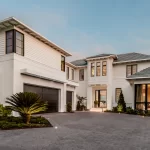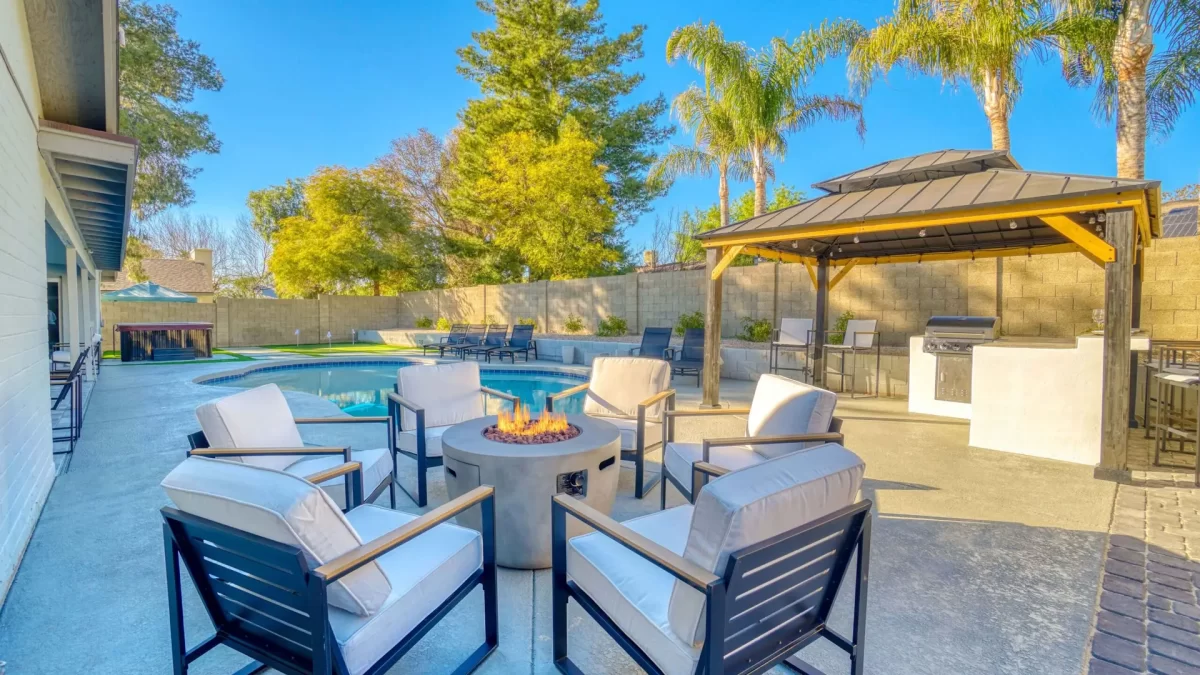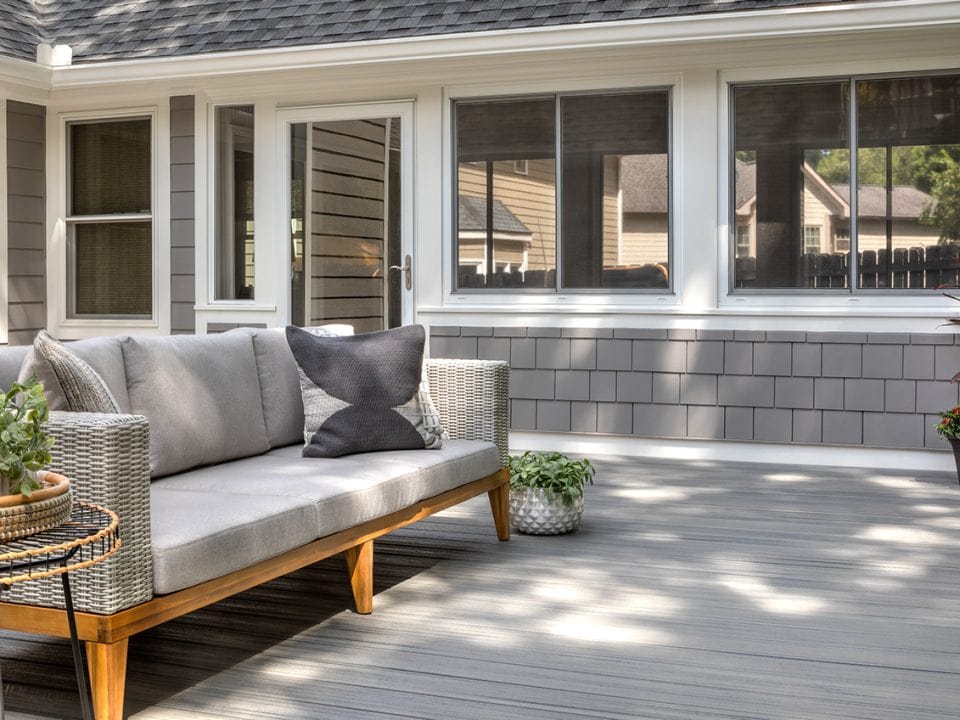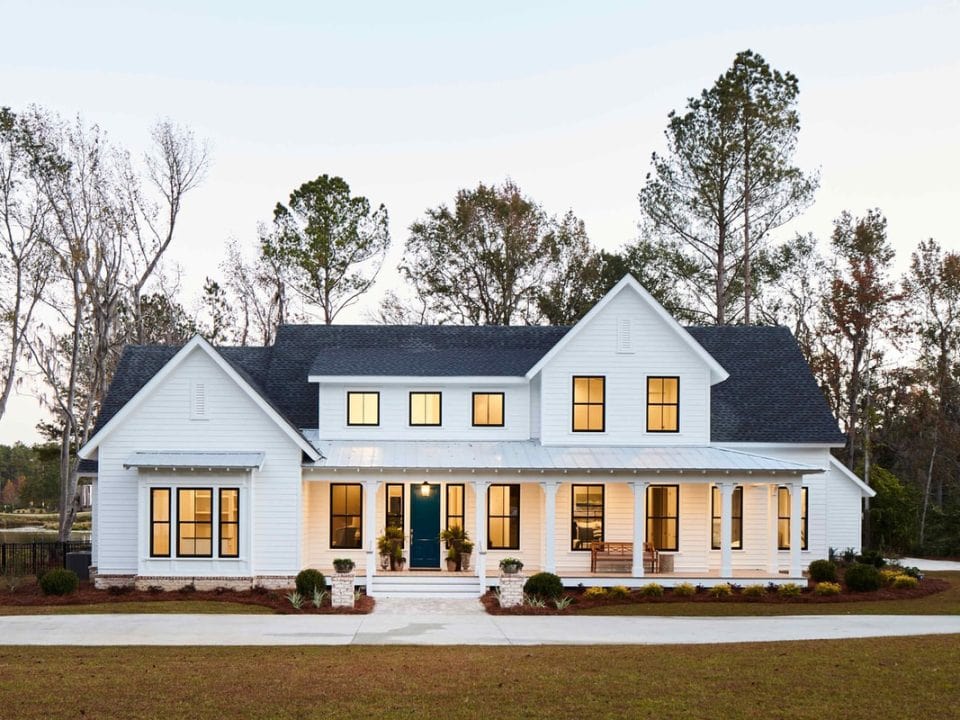
Luxury Redefined: Affordable Custom Homes with Smart Cost-Cutting Strategies
April 15, 2025
Your Guide to Planning a Major Home Remodel: Do’s and Don’ts for Success
April 15, 2025Creating an outdoor space that caters to your family’s diverse needs is more than installing a patio or building a simple deck. It’s about designing a versatile environment where laughter, relaxation, exercise, and creativity can thrive under the open sky. Imagine the joy on your toddlers’ faces as they play in a safe area, the excitement of your teenagers as they hang out in a chill spot, or the tranquility of your adults in a serene retreat. A multi-functional outdoor space can bring everyone together and add tremendous value to your home, sparking a sense of inspiration and eagerness to start your own project.
This comprehensive guide will explore creative ways to transform your backyard into a multi-functional oasis. We’ll discuss planning, design ideas, essential features, and maintenance tips that ensure your outdoor space remains fun, functional, and family-friendly throughout the seasons.
The outdoors has always been a place of freedom, energy, and inspiration. With rising interest in outdoor living, homeowners are increasingly seeking ways to extend their living spaces beyond the walls of their homes. A multi-functional outdoor area doesn’t just serve one purpose—it evolves with your family’s needs. It can become a playground for the kids, an entertainment hub for family gatherings, a spot for outdoor dining and cooking, and even a quiet corner for reading or yoga.
However, creating an outdoor space that can serve multiple purposes requires careful thought, planning, and a bit of creativity. You need to consider factors like safety, accessibility, weather resistance, and the various activities your family enjoys. This article will help you navigate these challenges by offering actionable tips and ideas to create a backyard environment that adapts to every mood and occasion. From initial planning to final touches, the sense of accomplishment that comes with designing a backyard as dynamic and lively as your family will leave you feeling empowered and confident.
Planning Your Multi-Functional Outdoor Space
Assess Your Needs and Prioritize Activities
Before you start buying materials or drawing up blueprints, consider how you want to use your outdoor space. Ask yourself:
- What activities does your family enjoy? (e.g., sports, barbecues, relaxation, gardening, or outdoor games)
- How much space can you realistically dedicate to outdoor living?
- Do you have children or pets that need special safety considerations?
- What is your climate like, and how can you design for year-round use?
A thorough assessment of your family’s lifestyle and needs can help you prioritize which features to include. For example, you might want a dedicated play zone with soft surfaces and safe equipment if you have young children. If entertaining is a priority, consider incorporating seating areas, a fire pit, or even an outdoor kitchen.
Define Zones for Different Activities
One key to a successful multi-functional space is creating distinct zones that flow together seamlessly. Even in a modest backyard, you can designate play, dining, relaxation, and exercise areas. Use landscaping elements, such as hedges, planters, or even outdoor screens, to subtly separate these zones without creating barriers. This approach enhances your space’s aesthetics and allows each area to serve its purpose effectively.
For instance, you might create a grassy area for games and sports, a paved section for outdoor dining and cooking, and a secluded nook with comfortable seating for reading or meditation. Each zone should be designed with its primary activity in mind, ensuring that safety, accessibility, and comfort are top priorities.
Establish a Realistic Budget and Timeline
As with any remodeling project, budgeting and scheduling are crucial. Determine how much you will invest in your outdoor space and allocate funds to different zones or features accordingly. Remember that a multi-functional outdoor area might require phased development; you might start with one zone and add others over time as your budget allows.
Plan for contingencies by setting aside extra funds for unexpected costs, such as extra landscaping work, materials, or professional help. Establishing a realistic timeline considering weather conditions and seasonal material availability can also help avoid delays and ensure a smoother project rollout.
Designing for Versatility and Functionality
Choose Durable, Weather-Resistant Materials
When designing an outdoor space, material selection is paramount. You want your backyard to look inviting year after year without requiring constant maintenance. Opt for durable, weather-resistant materials that can withstand your local climate. For example, composite decking, natural stone, and high-quality outdoor tiles are excellent choices for flooring, as they’re built to resist moisture, temperature fluctuations, and heavy foot traffic.
Choose outdoor furniture and accessories designed for the outdoors. Materials like aluminum, teak, and resin wicker are stylish and resilient against the elements. While investing in quality materials might cost a bit more upfront, the longevity and reduced maintenance expenses will make it worthwhile in the long run.
Integrate Multi-Functional Furniture and Fixtures
One of the best ways to maximize the versatility of your outdoor space is to incorporate multifunctional furniture. Consider pieces that serve dual purposes, such as benches with built-in storage, convertible picnic tables that double as game tables, or outdoor sofas that can transform into guest beds. These smart design choices, coupled with the use of durable, weather-resistant materials, will reassure you of the longevity and adaptability of your outdoor space, making you feel secure and confident in your investment.
Additionally, modular outdoor systems that can be rearranged for various events should be considered. For instance, movable seating clusters can be reconfigured for a family movie night under the stars or arranged into a conversational setup for a cozy evening around the fire pit. Investing in flexible, multi-use items will allow you to adapt your space as your family’s needs evolve.
Create a Seamless Transition Between Indoor and Outdoor Living
A modern, multi-functional outdoor space often feels like an extension of the home. To achieve this seamless transition, consider design continuity between the indoors and outdoors. This could mean using similar color schemes, materials, or design motifs on both sides of your doors and windows. Large sliding or bi-fold doors that open up to the backyard can blur the lines between indoor and outdoor spaces, inviting natural light and fresh air into your home.
Consider incorporating features like outdoor rugs, decorative lighting, and even an outdoor sound system that echoes the comfort of indoor living. These touches can create a cohesive design that unites your home and backyard, making the entire area feel larger, brighter, and more welcoming.
Essential Elements for Family Fun
Safe and Engaging Play Areas
Safety is a non-negotiable aspect when designing outdoor spaces for family fun, particularly if young children are involved. A dedicated play area should feature soft, shock-absorbing surfaces such as rubberized mats or artificial turf. Choose play equipment that suits your children’s ages and interests—a swing set, sandbox, or even a small climbing wall can provide hours of entertainment. Ensure that any equipment is securely anchored and free of sharp edges.
Consider including features like a sports court or a designated space for skateboarding for older children and teenagers. The goal is to create an environment where kids of all ages can enjoy active play while staying safe under your watchful eye.
Outdoor Dining and Cooking Spaces
Family meals are often the heart of any household, and creating an inviting outdoor dining area can transform everyday dinners into special occasions. A covered patio or pergola provides shade and protection from the elements and sets the stage for alfresco dining. Equip your space with a sturdy table and comfortable seating, and don’t forget to include ambient lighting for those evenings when you want to extend your dining experience after sunset.
An outdoor kitchen can be a game-changer for families who love to cook and entertain. This might include a built-in grill, a small countertop for food preparation, and even a beverage mini-fridge. By creating a designated area for cooking, you free up your indoor kitchen for other tasks while providing a dynamic space where culinary creativity and socializing go hand in hand.
Relaxation and Socialization Zones
After a day of active play and outdoor fun, it’s essential to have a space where the family can unwind. A relaxation zone might feature comfortable seating, such as lounge chairs, hammocks, or a swing bench. This area can be a quiet retreat for reading, meditation, or simply enjoying the natural surroundings.
Consider adding elements like a fire pit or an outdoor fireplace to create a cozy atmosphere during cooler evenings. Soft seating around the fire pit and subtle lighting foster a relaxing environment, inviting conversation and reflection. Such zones offer a place to relax and serve as the perfect backdrop for family gatherings and impromptu social events.
Multipurpose Areas for Creativity and Learning
A versatile outdoor space is conducive to play, relaxation, creativity, and learning. Designate an area for family gardening where everyone can get their hands dirty, whether growing vegetables, planting a flower garden, or even setting up a small herb garden in containers. Gardening teaches valuable lessons about nature and responsibility and provides a rewarding hobby that brings the family together.
Alternatively, consider setting up an outdoor art station. A weatherproof table with art supplies can be ideal for painting, drawing, or crafting projects. This encourages creative expression and provides a dedicated space for artistic activities, ensuring every family member can explore their interests.
Incorporating Smart Technology and Sustainability
Embrace Outdoor Lighting Innovations
Lighting can dramatically alter the ambiance of your outdoor space and extend its usability well into the evening hours. With the latest smart outdoor lighting systems, you can control brightness, color, and timing through your smartphone. LED lights, solar-powered fixtures, and motion sensors enhance safety and contribute to your space’s overall aesthetics.
Consider layering different types of lighting—ambient, task, and accent—to create a warm, inviting atmosphere that adapts to your family’s activities. Subtle pathway lighting can ensure safety during nighttime walks, while bright, focused lights can be used for outdoor gatherings or game nights.
Invest in Sustainable Landscaping
Sustainability is becoming increasingly important in outdoor design. Creating an eco-friendly space can be beneficial for the environment and cost-effective in the long run. Opt for native plants that require minimal water and maintenance, and incorporate rain gardens or permeable paving solutions to manage runoff and reduce your environmental footprint.
Energy-efficient features, such as solar panels for powering outdoor lighting or a smart irrigation system that adjusts based on weather conditions, can further enhance the sustainability of your outdoor oasis. Not only do these measures reduce utility bills, but they also ensure that your outdoor space is resilient and future-proof.
Integrate Smart Home Connectivity
For families who love technology, consider integrating your outdoor space with your smart home system. From outdoor speakers to automated shading systems, smart technology can enhance the functionality and convenience of your backyard. Imagine controlling your outdoor lighting, sound, and even the temperature of a covered patio area all from your phone or voice-activated assistant. This level of connectivity simplifies space management and creates a modern, seamless experience that mirrors the conveniences of indoor living.
Maintenance and Evolving Your Space Over Time
Establish a Regular Maintenance Routine
A multi-functional outdoor space is an investment that requires ongoing care to remain inviting and safe. Establish a maintenance routine that includes regular cleaning, inspection of play equipment, checking for furniture wear and tear, and seasonal landscaping tasks. This proactive approach helps address issues before they become significant problems and ensures that your space is always ready for family fun.
Consider creating a seasonal checklist—spring for planting and refreshing decor, summer for outdoor cleaning and equipment checks, fall for preparing for cooler weather, and winter for covering or storing items that may be vulnerable to harsh conditions. By keeping up with maintenance, you preserve the longevity of your investments and keep the space looking its best.
Adapt and Evolve with Your Family’s Needs
Your outdoor space should be as dynamic as your family. As your children grow, interests change, and new hobbies emerge, be open to modifying the layout and features of your backyard. A design that works perfectly today might need adjustments in a few years, whether updating play areas as kids become teenagers or incorporating new technology as trends evolve.
Engage the whole family in periodic reviews of the space. Ask for feedback on what works, what doesn’t, and what new features might be added. This collaborative approach makes the space more functional and strengthens family bonds as everyone feels invested in creating a place that truly belongs to them.
Plan for Future Enhancements
Even if you initially have a limited budget, always consider future enhancements. This might mean planning for additional zones, upgrading your outdoor kitchen, or installing more sophisticated smart technology as funds allow. Document your ideas, save inspirational images, and revisit your plan periodically. A phased approach lets you prioritize immediate needs while leaving room for expansion and improvement over time.
Keeping a vision board or digital portfolio can help you track progress and plan upcoming projects. This strategy ensures that your outdoor space remains a living, evolving area that continues to meet your family’s changing demands.
Designing a multi-functional outdoor space for family fun is a journey that blends creativity, practicality, and smart planning. From the initial assessment of your family’s needs to the thoughtful design and ongoing maintenance of the space, every step plays a crucial role in building an environment that is dynamic and inviting. By defining clear zones for play, dining, relaxation, and creativity and incorporating durable materials, multi-functional furniture, and smart technology, you can create a backyard oasis that adapts to every season and every family member’s desires.
Your outdoor area can transform from a simple patch of grass into a vibrant hub of activity and relaxation. In this place, laughter fills the air, where creativity blossoms, and where family memories are made. Embrace the opportunity to experiment, adapt, and evolve your space over time. With careful planning and a commitment to quality, you can design an outdoor environment that enhances your home’s aesthetic and enriches the daily lives of everyone who enjoys it.
As you embark on this exciting project, remember that every step—no matter how small—brings you closer to a home that reflects your family’s spirit and lifestyle. Enjoy the process, celebrate the progress, and look forward to countless moments of joy and connection in your outdoor oasis. Happy designing, and here’s to many years of family fun under the open sky!

Reese Homes, the award-winning home builder, is passionately devoted to enriching the lives of our clients through the highest quality construction and architectural design. We work hand-in-hand with you and our skilled team to create a partnership that guarantees your home truly expresses your unique personal style.




